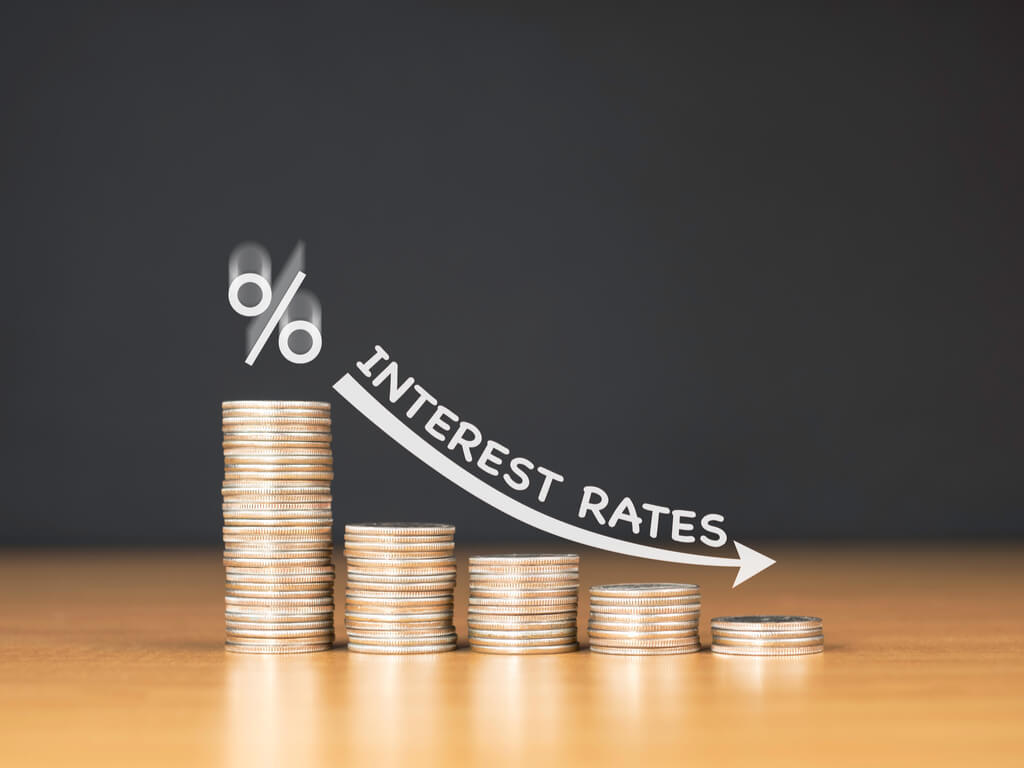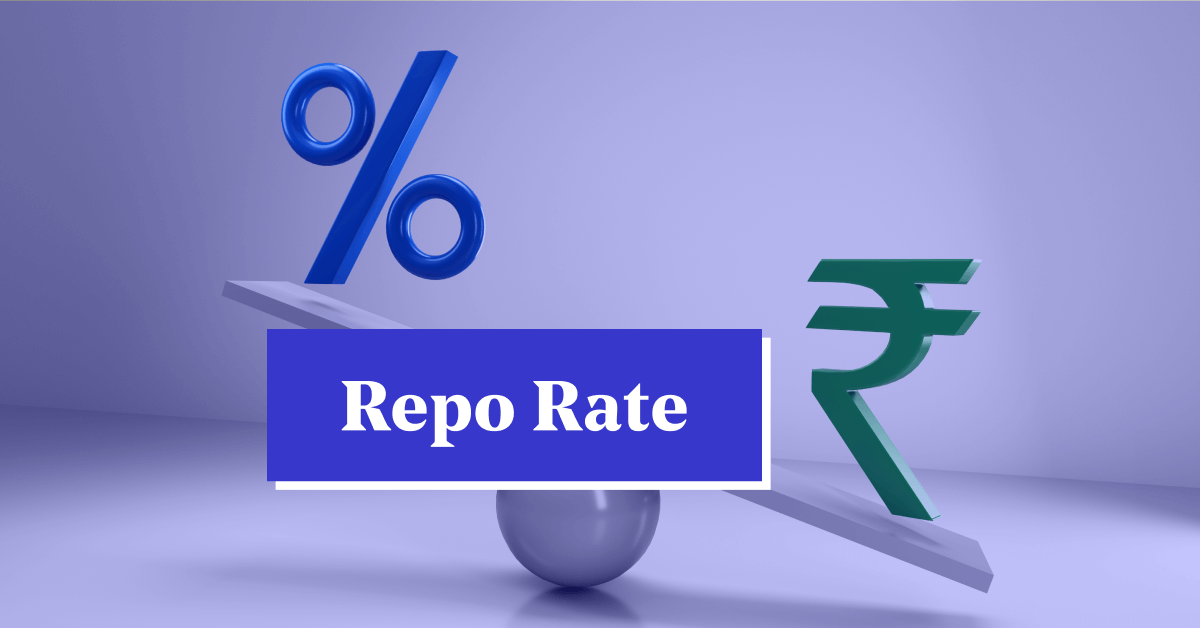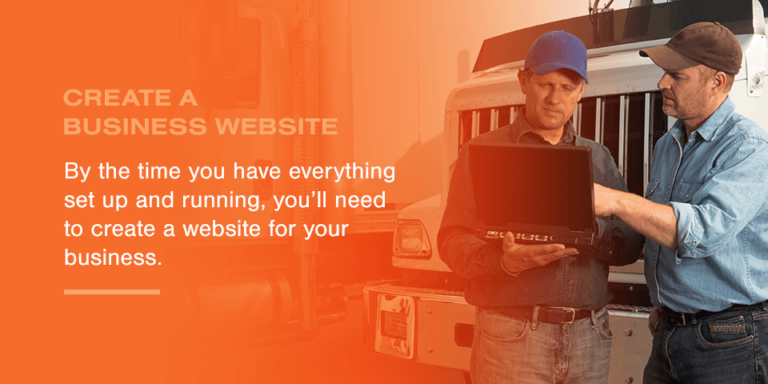How much does it cost to start a repo business? This question is crucial for anyone considering entering this often-overlooked yet potentially lucrative industry. The initial investment can vary significantly depending on factors like geographical location, business scale, and the level of services offered. From purchasing or leasing essential equipment such as tow trucks and dollies to securing the necessary licenses and insurance, the financial commitment can range from a modest outlay to a substantial investment. Understanding these costs, both upfront and ongoing, is vital for developing a sound business plan and ensuring long-term success.
This guide delves into the detailed breakdown of costs associated with starting a repossession business, offering insights into initial startup expenses, recurring operational costs, legal and administrative fees, and crucial financial planning strategies. We’ll explore various funding options and analyze the factors that influence the overall cost, helping you create a realistic budget and navigate the financial complexities of entering this unique business sector.
Initial Startup Costs
Starting a repossession business requires a significant upfront investment. The total cost will vary depending on factors such as the scale of operations, geographic location, and the type of equipment purchased. Careful budgeting and planning are crucial to ensure the financial viability of the venture. This section details the key cost components involved in launching a repossession business.
Repossession Equipment Costs
Acquiring the necessary equipment is a major expense. This typically includes tow trucks, dollies, and potentially specialized tools for securing vehicles. The cost of this equipment can range widely, depending on whether you choose to purchase or lease, and the condition and age of the equipment. New equipment commands a higher price, while used equipment may offer cost savings but may also involve higher maintenance costs. Leasing can provide flexibility, but long-term costs may exceed the purchase price.
| Equipment Type | Purchase Price (USD) | Lease Price (USD/Month) | Maintenance Costs (USD/Year) |
|---|---|---|---|
| Light-Duty Tow Truck | $30,000 – $60,000 | $800 – $1500 | $2,000 – $5,000 |
| Heavy-Duty Tow Truck | $60,000 – $120,000+ | $1500 – $3000+ | $5,000 – $10,000+ |
| Wheel Lift Dolly | $2,000 – $5,000 | $100 – $300 | $500 – $1,500 |
| Flatbed Dolly | $3,000 – $8,000 | $150 – $400 | $750 – $2,000 |
*Note: Prices are estimates and can vary significantly based on brand, model, age, and location.*
Licensing and Permitting Costs
Obtaining the necessary licenses and permits is essential for operating legally. Requirements vary significantly by state and even by locality. Some jurisdictions may require specific bonding or insurance coverage in addition to basic licensing. Failure to comply with these regulations can result in hefty fines and potential legal repercussions.
| Location | License Type | Fee Amount (USD) | Renewal Frequency |
|---|---|---|---|
| California | Repossession License | $500 – $1000 | Annually |
| Texas | Towing and Recovery License | $200 – $500 | Biennially |
| Florida | Repossession Agent License | $300 – $700 | Annually |
| New York | Various Permits (vary by county) | $100 – $500+ | Annually/Biennially |
*Note: These are examples only and should not be considered exhaustive. It is crucial to check with the relevant authorities in your specific jurisdiction for accurate and up-to-date information.*
Insurance Costs
Adequate insurance coverage is paramount for protecting your business from financial risk. This typically includes liability insurance to cover potential damages or injuries, vehicle insurance for your tow trucks and dollies, and potentially workers’ compensation insurance if you employ others. The cost of insurance will vary based on factors such as your coverage limits, the type of vehicles insured, and your claims history.
For example, a comprehensive liability policy for a repossession business might cost between $2,000 and $5,000 annually, while vehicle insurance for a tow truck could range from $3,000 to $8,000 per year depending on the vehicle’s value and the chosen coverage. Workers’ compensation insurance costs depend on factors like payroll and the risk level of the job, and can range from a few hundred to several thousand dollars annually.
Recurring Operational Expenses

Successfully launching a repossession business requires careful consideration of not only initial startup costs but also the ongoing operational expenses. These recurring costs significantly impact profitability and should be meticulously budgeted for. Failing to account for these expenses can lead to financial instability and jeopardize the business’s long-term viability. This section details the key recurring expenses you can expect to encounter.
Vehicle Fuel and Maintenance Costs
Fuel and vehicle maintenance are substantial recurring expenses for any repossession business. The costs vary significantly based on factors such as the type of vehicle used, mileage driven, fuel prices, and the vehicle’s age and condition. A well-maintained vehicle is crucial for operational efficiency and to minimize unexpected breakdowns.
Average monthly fuel costs can range from $500 to $1500, depending on fuel efficiency, distance traveled, and local fuel prices. For example, a business operating in a rural area with a large service territory might spend closer to the higher end of this range. Conversely, a business operating in a densely populated urban area with shorter distances to cover might experience lower fuel expenses.
Vehicle maintenance and repair costs are equally unpredictable. Regular maintenance, including oil changes, tire rotations, and brake inspections, is essential to prevent costly repairs. Budgeting $200-$500 monthly for maintenance is advisable, with the possibility of higher expenses for unexpected repairs. A sudden transmission failure, for instance, could significantly impact a month’s budget. Maintaining detailed records of all maintenance and repair work is crucial for tax purposes and for tracking expenses over time.
Employee Salaries and Contractor Fees
Payroll is a major expense for businesses employing drivers or administrative staff. The cost depends on the number of employees, their salaries, and benefits. For a small repossession business, you might employ one or two drivers and possibly an administrative assistant.
A sample payroll budget for a small business might look like this:
| Position | Salary (Monthly) | Benefits (Monthly) | Total (Monthly) |
|---|---|---|---|
| Repo Agent 1 | $4000 | $500 | $4500 |
| Repo Agent 2 | $4000 | $500 | $4500 |
| Administrative Assistant | $2500 | $300 | $2800 |
| Total Payroll | $11800 |
This is a sample budget and actual costs will vary depending on location, experience, and benefits offered. Remember to factor in payroll taxes and other employment-related costs. If utilizing independent contractors instead of employees, remember that contractor fees will vary based on the number of repossessions and negotiated rates.
Marketing and Advertising Expenses, How much does it cost to start a repo business
Effective marketing is crucial for attracting clients and generating leads. However, it’s important to develop a cost-effective marketing plan. Spending excessively on advertising without a clear strategy can be detrimental.
A simple marketing plan might include:
- Networking: Building relationships with lenders and financial institutions is a cost-effective way to generate leads. This involves attending industry events and actively engaging with potential clients.
- Online Presence: Creating a professional website and maintaining an active presence on social media platforms can enhance visibility. This may involve some initial website development costs, but ongoing maintenance costs can be relatively low.
- Local Advertising: Consider targeted advertising in local newspapers or community publications, focusing on areas where your services are most needed. This method allows for precise targeting of your potential customer base.
- Referral Programs: Implementing a referral program incentivizes existing clients to recommend your services, creating a cost-effective way to generate new business.
The monthly cost of marketing and advertising will depend on the chosen strategies. A cost-effective approach focusing on networking and building an online presence could cost as little as $100-$300 per month. More aggressive marketing campaigns, however, could result in significantly higher monthly expenses.
Legal and Administrative Costs

Starting a repossession business involves significant legal and administrative overhead beyond the initial investment and ongoing operational expenses. Understanding these costs is crucial for accurate budgeting and long-term financial planning. Failing to account for these expenses can severely impact profitability and even lead to business failure.
Repossession Lawsuits and Disputes
Legal fees can be substantial in the repossession industry. Repossessions often involve disputes with borrowers, leading to lawsuits. These lawsuits can stem from allegations of improper repossession procedures, damage to the repossessed property, or violations of state and federal laws governing debt collection. The cost of defending against such lawsuits can vary widely depending on the complexity of the case, the jurisdiction, and the experience of the legal counsel. For instance, a simple case might cost a few thousand dollars in legal fees, while a complex case involving multiple defendants or appeals could easily reach tens of thousands of dollars. A successful lawsuit against your business could result in significant financial penalties beyond legal fees, including compensation for damages and legal costs incurred by the plaintiff. It’s essential to have comprehensive insurance coverage that includes legal liability protection.
Accounting and Bookkeeping Services
Accurate accounting and bookkeeping are vital for any business, but especially for one operating in a regulated industry like repossession. These services ensure compliance with tax regulations, help track income and expenses, and facilitate financial reporting. The cost of these services will vary depending on the size and complexity of the business, the level of service required (e.g., basic bookkeeping versus full-service accounting), and the experience of the accountant or bookkeeping firm. A small repossession business might budget $500-$1,000 per month for these services, while larger businesses could spend significantly more. This budget should encompass tasks such as maintaining financial records, preparing tax returns, and generating financial reports for business decision-making. Consider outsourcing these tasks to a qualified professional to ensure accuracy and compliance.
Other Administrative Costs
Beyond legal and accounting fees, various administrative costs contribute to the overall expense of running a repossession business. These include software subscriptions for tasks like client relationship management (CRM), inventory management, and scheduling. A robust CRM system, for example, can cost anywhere from $50 to $200 per month, depending on the features and number of users. Office supplies such as stationery, printing materials, and filing systems represent another recurring expense. A reasonable annual budget for these might be $500-$1000, depending on the volume of paperwork. Communication expenses, including phone bills, internet service, and mobile data, are also significant. A monthly budget of $200-$400 for these expenses is reasonable, but this will vary based on usage and location. Finally, professional development and training for employees on repossession laws, best practices, and safety procedures are essential. The costs of such training programs can range widely, depending on the program’s duration and the number of employees involved.
Financial Planning and Funding: How Much Does It Cost To Start A Repo Business

Securing sufficient capital and effectively managing finances are crucial for the success of any repossession business. This involves creating a comprehensive business plan, exploring various funding avenues, and developing a robust financial model to predict profitability and identify potential break-even points. Understanding these aspects will allow you to navigate the financial landscape and make informed decisions to ensure the long-term viability of your enterprise.
Sample Business Plan Artikel
A comprehensive business plan is essential for attracting investors and securing loans. It should detail all aspects of the business, including startup costs, projected revenue, and a thorough profitability analysis. A realistic business plan should incorporate market research, competitive analysis, and a clear description of the business’s operational strategy. Consider including a detailed description of your target market, your competitive advantages, and a marketing plan to attract clients. Financial projections should extend over at least three to five years, illustrating revenue growth, expense management, and anticipated profit margins. Key assumptions, such as average repossession fees, operating expenses, and market demand, should be clearly stated and justified.
For example, a business plan might project $50,000 in startup costs (including vehicle purchase, insurance, and licensing fees), $200,000 in annual revenue based on an average of 20 repossessions per month at $833 per repossession, and $100,000 in annual operating expenses (including fuel, maintenance, and employee salaries). This would yield a projected annual profit of $100,000. However, these are just illustrative figures; actual results will vary depending on market conditions and business performance.
Funding Options
Several funding options exist for starting a repossession business. Each option carries unique advantages and disadvantages that should be carefully weighed against the specific circumstances of the business and the entrepreneur.
- Small Business Loans: Banks and credit unions offer small business loans, often requiring a detailed business plan and collateral. Advantages include fixed interest rates and predictable repayment schedules. Disadvantages include stringent eligibility criteria and potentially high interest rates.
- Investors: Angel investors or venture capitalists might provide funding in exchange for equity in the business. Advantages include significant capital injection and potential for business growth. Disadvantages include loss of ownership and potential disagreements with investors.
- Personal Savings: Using personal savings minimizes debt and avoids sharing ownership. Advantages include complete control and no external pressure. Disadvantages include the risk of depleting personal assets and slower growth potential.
- Lines of Credit: These provide access to funds as needed, offering flexibility. Advantages include access to capital when needed. Disadvantages include potentially high interest rates and the risk of accumulating debt.
Financial Model and Break-Even Analysis
A financial model is a crucial tool for understanding the financial health of a repossession business. It allows for the projection of revenue, expenses, and profitability under various scenarios. A break-even analysis, a key component of the financial model, determines the point at which revenue equals expenses, indicating the level of sales needed to achieve profitability.
The break-even point can be calculated using the following formula: Break-even point (in units) = Fixed Costs / (Revenue per unit – Variable Costs per unit)
For instance, if fixed costs are $50,000 annually, revenue per repossession is $833, and variable costs per repossession are $333, the break-even point would be approximately 100 repossessions per year. This calculation assumes a simplified scenario; a more complex model would incorporate factors like seasonal variations in demand and potential changes in costs. Different cost scenarios can be modeled to assess the business’s resilience under varying market conditions. For example, a scenario with higher fuel prices or increased competition could be modeled to understand the impact on the break-even point and profitability.
Factors Influencing Costs
The initial and ongoing costs of starting a repossession business are significantly impacted by a variety of factors. These factors can dramatically alter the overall financial picture, making careful planning and research crucial before launching operations. Understanding these influences allows for more accurate budgeting and a clearer path to profitability.
Geographic Location Costs
The cost of starting and operating a repossession business varies considerably depending on the geographic location. Factors such as the cost of living, level of competition, and specific licensing and regulatory requirements all play a role. High-cost-of-living areas will generally see higher operational expenses, including salaries, rent, and vehicle maintenance. Areas with intense competition may require greater marketing investment to secure contracts and clients. Conversely, areas with fewer competitors might present lower startup costs, but the potential client base may also be smaller. Licensing fees also vary widely by state and locality.
| Location | Startup Costs (Estimate) | Recurring Costs (Estimate/Month) | Market Competition |
|---|---|---|---|
| New York City, NY | $50,000 – $100,000+ | $5,000 – $10,000+ | High |
| Phoenix, AZ | $30,000 – $60,000 | $3,000 – $6,000 | Medium |
| Omaha, NE | $20,000 – $40,000 | $2,000 – $4,000 | Low |
| Los Angeles, CA | $40,000 – $80,000+ | $4,000 – $8,000+ | High |
*Note: These are estimates and actual costs may vary significantly based on specific circumstances.*
Business Size and Scale
The size and scale of the repossession business directly correlate with its overall costs. A small operation, perhaps run by a single owner-operator with one vehicle, will have significantly lower startup and operational costs compared to a larger firm employing multiple drivers, utilizing a fleet of vehicles, and potentially outsourcing services. For instance, a small business might spend $20,000-$30,000 on initial setup, including a used vehicle and basic equipment. A larger firm, however, could easily invest $100,000 or more in vehicles, technology, and employee salaries. Recurring costs, such as insurance and fuel, will also scale proportionally with the size of the fleet and number of employees.
Specialized Services and Outsourcing
The use of specialized services, such as skip tracing (locating debtors) and vehicle transport, significantly impacts the overall cost structure. Outsourcing these services can offer flexibility and cost savings, especially for smaller businesses lacking the resources to handle these functions in-house. However, outsourcing often comes with added expenses related to fees paid to third-party providers. In contrast, establishing in-house capabilities requires upfront investments in training, technology, and potentially hiring additional staff. The decision to outsource versus build internal capacity hinges on factors like the volume of work, available resources, and the overall business strategy. For example, a small business might outsource skip tracing to a specialized firm, paying a per-case fee, while a large business might employ its own skip tracers, incurring salaries and training costs.






